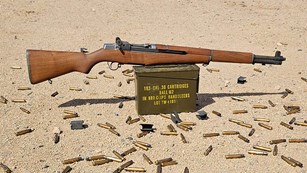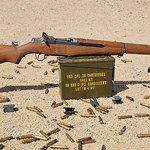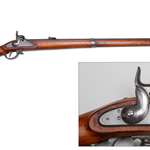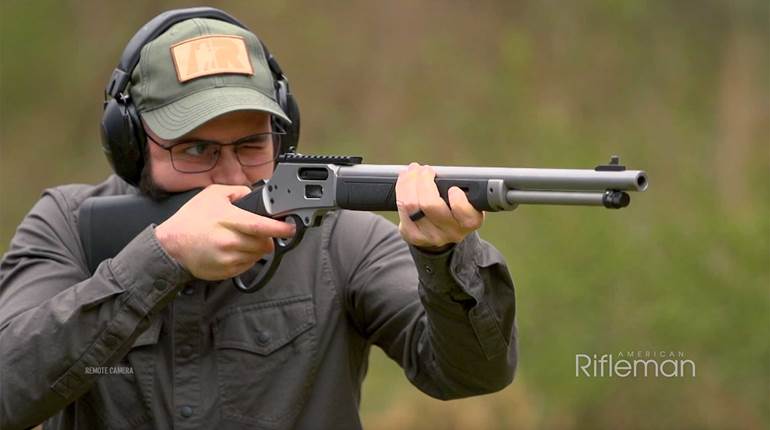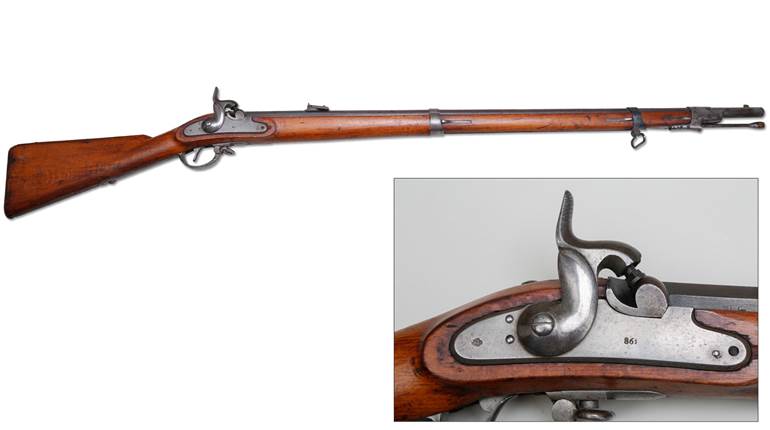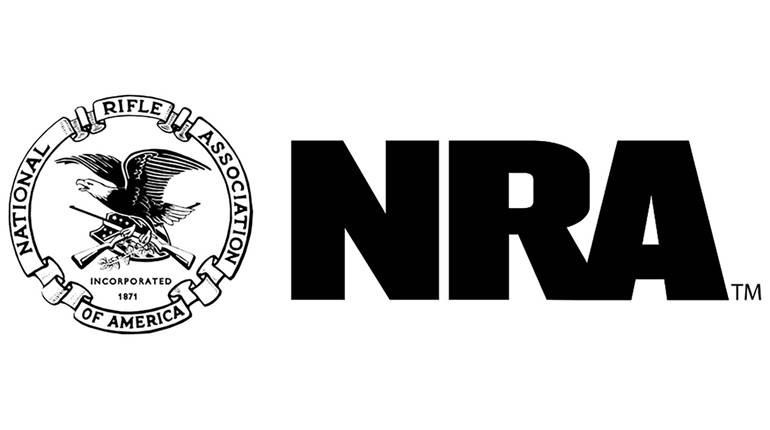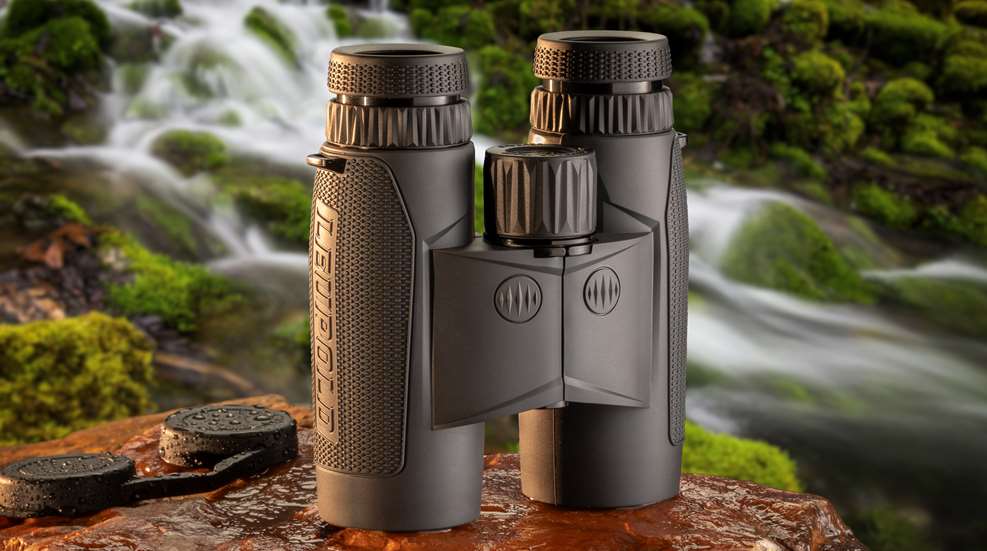
After you’ve spent what seems like a lifetime drawing a tag and then several days tracking down that target animal, a lot will be going through your mind when it’s time to press the trigger. Therefore, it’s best to use the KISS approach and minimize the equipment needed to put your bullet precisely where you need it. In the past, this would require a rangefinder to confirm distance, a written (or memorized) dope chart and the time to dial the solution into your scope. Leupold’s BX-4 Range HD TBR/W binocular seeks to hasten the process while cutting down on the gear you need to carry afield and scramble with when it’s time to bag that trophy.
Built around a space-saving roof-prism design, Leupold has packed a lot of utility into a product that is exceptionally field-expedient. Beginning with the obvious, this binocular will fill your needs for spotting game and landscape features at extended distances in nearly any lighting conditions. Its proprietary Elite Optical System lens-building processes and coatings transmit sharp, clear images and reduce glare. Of course, this system isn’t unique to the BX-4 Range, but the unit’s range-finding and ballistic-solving abilities are.
 Using an infrared laser, the BX-4 Range HD TBR/W fires a pulse at whatever it’s pointed at, measuring the time it takes to bounce back and then processing the information and displaying the True Ballistic Range/Wind data required to hit the target. Not only does it take into account the angle of the shot, it offers an option to display the needed adjustment in mils, m.o.a. or inches. Twenty-five different ballistic groups are available for the user’s choosing to ensure that the solution is true to a particular cartridge and to allow for the application of the data across multiple firearms. A single CR2 battery powers the entire electronic system and offers a lifetime of approximately 3,000 operations.
Using an infrared laser, the BX-4 Range HD TBR/W fires a pulse at whatever it’s pointed at, measuring the time it takes to bounce back and then processing the information and displaying the True Ballistic Range/Wind data required to hit the target. Not only does it take into account the angle of the shot, it offers an option to display the needed adjustment in mils, m.o.a. or inches. Twenty-five different ballistic groups are available for the user’s choosing to ensure that the solution is true to a particular cartridge and to allow for the application of the data across multiple firearms. A single CR2 battery powers the entire electronic system and offers a lifetime of approximately 3,000 operations.
Our testers started putting the unit through its paces at the crack of dawn, with the sun barely above the horizon. They consisted of various age groups with different eyesight and correction methods. Each was challenged to look under distant bushes and within shadows of specific trees and structures to count a given number of color-matched items placed at these locations. Each was able to come to the correct conclusion and provide other defining details of said items. Although the binocular features 10X magnification, testers found they could focus on objects as close as 4 yards away using the Archery function.
Each tester was intuitively able to use the bino’s menu to select different ranging and display settings, as the entire menu system only uses two buttons to navigate. These buttons are reversible for left-handed use, but our lefties didn’t seem to have any trouble using them in either configuration. Using known-distance targets and a confirmed dope chart, we selected the closest-matched ballistic group and checked the rangefinder’s ballistic-correction readings. We found them accurate out to the advertised 800 yards, which would prove suitable for hunting or silhouette target use. Going long, we lased distant items to include a single tree at 902 yards, a house at 1,221 yards and a German Shepherd at 532 yards. We have confidence in its ability to measure reflective targets at 2,600 yards, however, we couldn’t find a stretch of land long enough to confirm.
We found Leupold’s new binocular to be exceptionally clear in challenging conditions, living up to the company’s time-honored optical reputation. Furthermore, it accurately made the range-finding and ballistic corrections promised, something that several of its competitors lack. Having it on a hunt will provide the proper firing solution for high-angle shots that often cannot be practiced beforehand.
The Leupold BX-4 Range HD TBR/W binocular not only lives up to its claims—helping the hunter to identify a trophy animal and then providing the appropriate hold for the riflescope—it does so all in one instrument and in just seconds.
